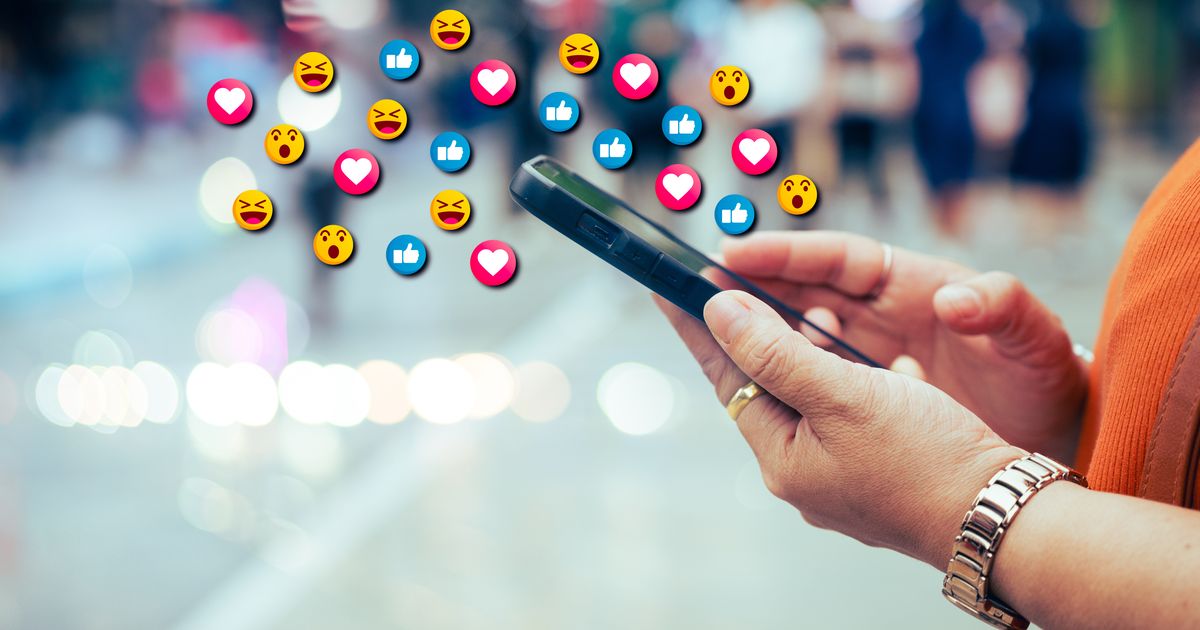Why Emojis Matter in Digital Marketing
In today’s digital landscape, where attention spans are shorter than ever, brands constantly search for ways to make their messages stand out. Emojis have become a powerful tool in digital marketing, allowing businesses to humanize their brand voice and create more engaging communication. These small but expressive symbols have evolved beyond personal texting, playing a significant role in brand-consumer interactions. Studies have shown that people process emojis similarly to human facial expressions, which explains why they evoke emotional responses and strengthen connections between brands and audiences.
The widespread adoption of emojis in marketing is driven by their ability to break down language barriers and add personality to messages. In a crowded online space where businesses compete for engagement, emoji symbols provide a visual cue that grabs attention and encourages interaction. Whether used in social media captions, email subject lines, or digital ads, emojis contribute to higher engagement rates, increased brand recall, and improved customer perception. As businesses continue to embrace digital-first communication, understanding the strategic use of emojis is crucial for brands looking to enhance their digital presence and foster deeper consumer relationships.
The Psychology Behind Emojis and Human Emotions
Emojis influence consumer behavior by tapping into fundamental psychological processes related to human emotions. Research in neuroscience has shown that when people see an emoji, their brain reacts as if they are witnessing a real-life facial expression. This automatic emotional recognition helps create an instant connection between the message and its recipient, making emojis an effective tool for conveying tone, intent, and sentiment. This is particularly valuable in digital marketing, where text-based communication can sometimes be misinterpreted or lack emotional depth.
Beyond facial expression recognition, emojis engage with the brain’s reward system, triggering a sense of familiarity and positivity. A simple smiling emoji at the end of a message can make it feel more welcoming, while a thumbs-up emoji can reinforce encouragement or approval. Brands that incorporate emojis effectively can build stronger emotional connections with their audience, making their messages feel more personal and relatable. As digital interactions replace face-to-face communication, emojis serve as a crucial element in humanizing brand messaging and making online experiences more engaging.
How Emojis Impact Consumer Behavior and Engagement
The presence of emojis in marketing content significantly influences consumer behavior, often leading to higher engagement rates and improved response times. Data from various studies highlight that social media posts containing emojis tend to receive more interactions than those without. Platforms such as Twitter, Facebook, and Instagram report increased likes, shares, and comments on posts that integrate emojis naturally. Marketers looking to enhance engagement can also boost engagement with compelling content by combining emojis with strong visuals, storytelling, and audience-driven messaging.
Beyond social media, emojis impact email marketing, push notifications, and digital ads. A well-placed emoji in an email subject line can make the message stand out in a crowded inbox, increasing open rates. Similarly, mobile app push notifications featuring emojis have higher click-through rates as they capture user attention more effectively. Emojis also help reduce ambiguity in marketing messages, ensuring that consumers quickly grasp the intended meaning and are more inclined to engage. Brands that strategically use emojis in their marketing content see better customer interaction and brand loyalty.
The Role of Emojis in Social Media Marketing
Social media platforms thrive on visual and interactive content, making emojis an essential part of digital communication. On Instagram, posts that include emojis in captions often generate higher levels of engagement, as they add personality and emotion to otherwise plain text. Twitter users are more likely to interact with tweets that feature expressive emojis, as they make the content feel more approachable and engaging. Meanwhile, Facebook’s reaction emojis, such as “love,” “wow,” and “haha,” have transformed how users engage with brand posts, providing more nuanced feedback beyond simple likes.
Brands that successfully leverage emojis on social media often integrate them into storytelling, contests, and interactive posts. Some businesses even develop a signature emoji style to maintain a consistent brand voice across different platforms. This not only makes content more visually appealing but also strengthens brand recognition. The ability of emojis to convey emotion and enhance user interaction makes them a valuable asset for brands looking to maximize their social media impact.
The Power of Emojis in Email Marketing and Customer Communication
Email marketing remains one of the most effective digital marketing channels, and emojis have proven to enhance its performance. Research indicates that email subject lines with emojis can boost open rates by up to 56%, making them an effective way to capture attention in crowded inboxes. Emojis add a visual element that helps emails stand out and creates a friendly, approachable tone.
Within email body content, emojis can improve readability, guide recipients through key messages, and make calls-to-action more compelling. However, their use should be balanced to avoid appearing unprofessional or overwhelming. Similarly, in customer communication via chatbots and support systems, emojis help humanize automated responses, making interactions feel more natural and engaging. When used appropriately, emojis can enhance digital communication, creating a more positive user experience.
Emoji Trends and Their Role in Branding
The use of emojis in marketing continues to evolve, with brands exploring new ways to incorporate them into their digital strategies. Custom emojis and branded stickers have become popular, allowing businesses to create unique visual elements that reinforce their brand identity. Companies like Starbucks, Coca-Cola, and Disney have leveraged custom emojis in their marketing campaigns, making their branding more engaging and interactive.
Cultural sensitivity plays a crucial role in emoji usage. The meaning of certain emojis can vary across cultures, making it essential for brands to research their audience before integrating emojis into global campaigns. Misinterpreting an emoji’s cultural significance can lead to unintended messages and negative brand perception. By staying updated on emoji trends and understanding their cultural implications, brands can effectively use emojis to strengthen their digital presence.
When to Use (and Avoid) Emojis in Marketing
While emojis can enhance marketing messages, they must be used strategically. Overuse can make a brand appear unprofessional or out of touch with its audience. Brands need to consider their industry, target demographics, and messaging tone before incorporating emojis. For instance, a casual and playful brand may benefit from frequent emoji use, while financial or legal institutions should use them sparingly to maintain professionalism.
Testing emoji usage in different campaigns through A/B testing can help determine their effectiveness. Analyzing engagement metrics, such as click-through rates and social media interactions, can provide insights into what works best for a specific audience. Thoughtful integration of emojis ensures they contribute positively to brand messaging without diluting its credibility.
Best Practices for Using Emojis in Marketing
To maximize the effectiveness of emojis, businesses should align them with their brand voice and messaging strategy. Emojis should complement text rather than replace it, ensuring clarity and readability. Using emojis selectively in key areas such as headlines, calls-to-action, and interactive content helps maintain engagement without overwhelming the audience.
Monitoring audience response is essential, as different demographics have varying preferences regarding emoji use. Additionally, brands should remain aware of evolving emoji meanings and trends, ensuring their messaging remains relevant and appropriate. By following these best practices, brands can harness the power of emojis to create more engaging and impactful marketing campaigns.
Case Studies: Successful Brands Using Emojis in Marketing
Several brands have demonstrated the power of emojis in marketing by creating viral campaigns and enhancing customer engagement. Coca-Cola’s custom Twitter emoji campaign generated millions of brand impressions, reinforcing its identity through visual storytelling. Domino’s Pizza introduced an emoji-based ordering system, allowing customers to place orders by simply tweeting a pizza emoji. The World Wildlife Fund (WWF) leveraged animal emojis to promote its endangered species awareness campaign, increasing social media interaction and donations.
These case studies highlight how creative and strategic emoji use can drive brand success. Brands that innovate with emojis while maintaining authenticity can create meaningful connections with their audience.
The Future of Emojis in Marketing
As digital communication continues to evolve, the role of emojis in marketing is expected to expand. Advances in artificial intelligence and augmented reality may lead to AI-generated emoji reactions and voice-activated emoji interactions. Brands may also explore more dynamic, animated emojis to enhance digital storytelling.
The future of emoji marketing lies in personalization, interactivity, and integration with emerging technologies. Businesses that adapt to these trends will continue to benefit from the engagement-boosting power of emojis in their digital campaigns.











No responses yet